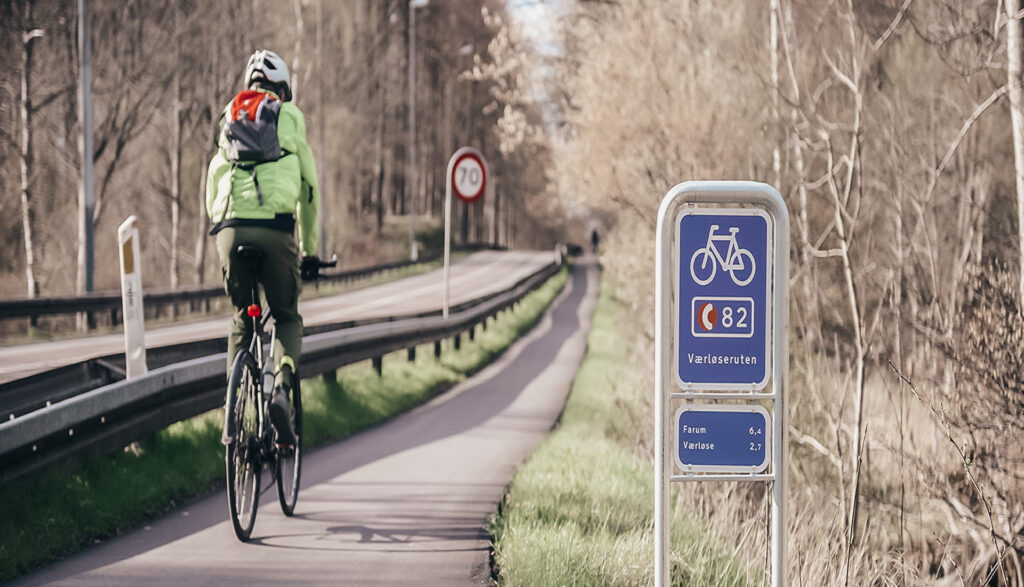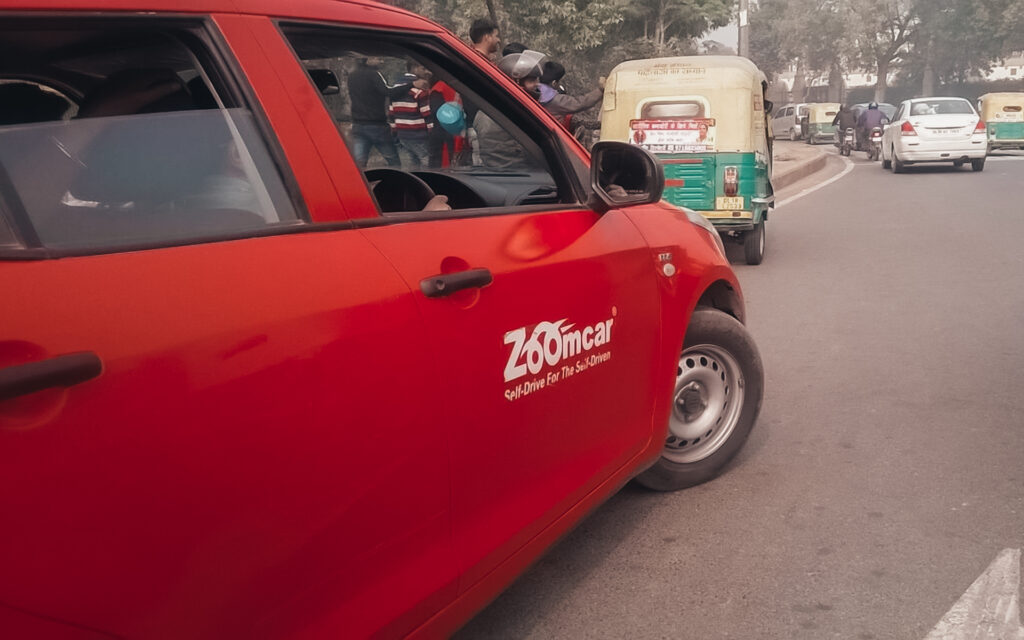After trialling a summer of 9 euro train, bus and tram journeys, Germany has announced a nation-wide transport plan to support cheap and sustainable travel. Allowing commuters to ride public transport for a flat-fee of 49 euros per month, the new Deutschlandticket is just one example of a shift in mentality being promoted across Europe. Local and national governments are engaging with citizens and private stakeholders to transform traffic and travel experiences. With passenger cars producing 7.3 billion metric tons of CO2 emissions worldwide, here are some of the alternatives on offer:
Cycle Superhighways – Copenhagen, Denmark
First crowned the most bike-friendly city in the world since 2015, the capital of Denmark is arguably the capital of cycling. With almost half of all trips to work or school being completed by bike, and an estimated 1.44 million kilometres cycled daily by residents, what is it that makes Copoenhagen a cyclist’s utopia?
With the first cycle-path built in 1892, Copenhagen has a long history of loving bikes. During the 1920s and 30s, the bicycle was a symbol of equality and freedom across Denmark. However, it wasn’t until the 1970s, when protests against the post-War dominance of the car coincided with the 1973 oil crisis, that planners began to take this form of transport more seriously. Building a network of protected bicycle lanes that are separated from pavements and roads by a kerb, Copenhagen has prioritised safety and efficiency through their bike-oriented policies, meaning less-abled persons and children are able to cycle safely through the city.
Investing over $200 million in the past decade, Copenhagen today has over 397 km of cycleways used by over 370,000 residents. With 675,000 bikes compared to 120,000 cars, and plans underway to become a carbon-neutral city by 2025, Copenhagen is truly the blueprint for a cycling-oriented city.

E-Scooter Sharing – Oslo, Norway
Powered by batteries, e-scooters are an affordable and emission-friendly mode of transport that allows users to navigate streets much like a bicycle or a moped would. Gaining popularity in the 2010s as a series of Singaporean and American start-ups launched rentable, dockless scooters that featured smartphone operation, QR code unlocking, and GPS tracking, this form of travel has taken over 88 cities across 21 countries through combining convenience with carbon-consciousness.
With 10,000 vehicles available for hire across three operators, Norway’s capital Oslo has been one of the biggest responders to this revolution. With TIER, Bolt and Voi rentals providing coverage all the way across the urban centre, e-scooters have become the choice of transport for almost half of the city’s 700,000 residents. In fact, TIER delivered as of 2021 more than 450,000 trips for unique users in 2021.
Although this current model certainly had its fair share of teething problems, such as a ‘Wild West’ period in 2021 where 12 companies were operating with a density of 200 scooters per 10,000 residents, the clamp down on both the number of scooters and providers, as well as subsequent age, alcohol regulations, and curfews, has allowed Oslo to successfully integrate micro-mobility into busy urban spaces.
Nevertheless, e-scooters are not completely devoid of environmental impacts. Although they do not produce harmful gas emissions like petrol-powered counterparts, the batteries used in electric transportation are often made of lithium. This finite metal is not just non-renewable, but takes a lot of environmental and social damage to be recovered and made into its usable form. Therefore, while e-scooters are changing the face of travel across cities, they may not be the panacea that the ‘e’ prefix was once touted as.

Car Sharing – India
Becoming a buzzword in recent years, car-sharing is the latest form of collaborative consumption to shape how citizens get around in a more sustainable fashion. This car rental model allows users to use public transport for most of their daily tasks, yet access cars for short periods of time, which is ideal for unexpected journeys. By reducing private car ownership, the car-sharing is a way for individuals to still access the benefits of vehicles, whilst reducing an overall CO2 footprint.
This form of shared utility is making inroads across India, with platforms like Zoomcar operating in over 45 cities and servicing more than 3 million active users. Taking over 90% of the car-sharing market in the country, Zoomcar’s fleet of 20,000 is not owned by the company itself; instead, private individuals rent their vehicles out, with the company taking a 40% cut.
Although emissions are still produced through these cars, and a dependency on road construction still looming large, these platforms are helping to take millions of cars off the roads as well as providing cheaper and more equitable access to travel. As such, car-sharing can be considered as making best of the current situation, making private car ownership a thing of the past.

Changing Gears
Shaking up the transport industry and moving away from the dominance of the private car is a step in the necessary direction. With the global transportation sector a major polluter, and passenger cars contributing up to 41% of these emissions, initiatives such as cycle lanes, e-scooters, and even car-sharing are increasingly key in combating not just pollutant-induced global warming, but helping to make urban spaces more liveable. The predicted expansion of such enterprises in the next few years to further corners of the globe will prove telling in just how much change can be made from a shift in attitude.






